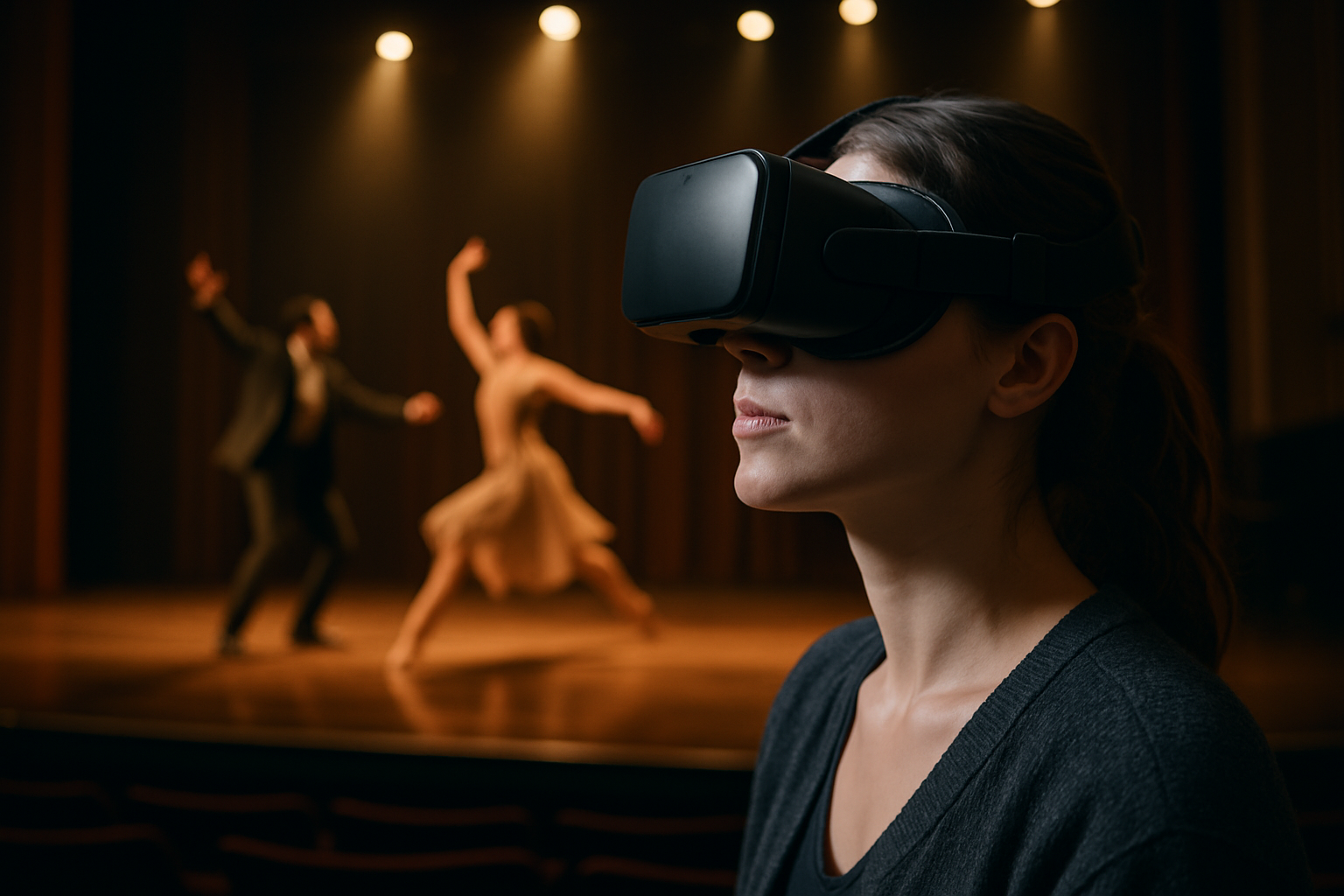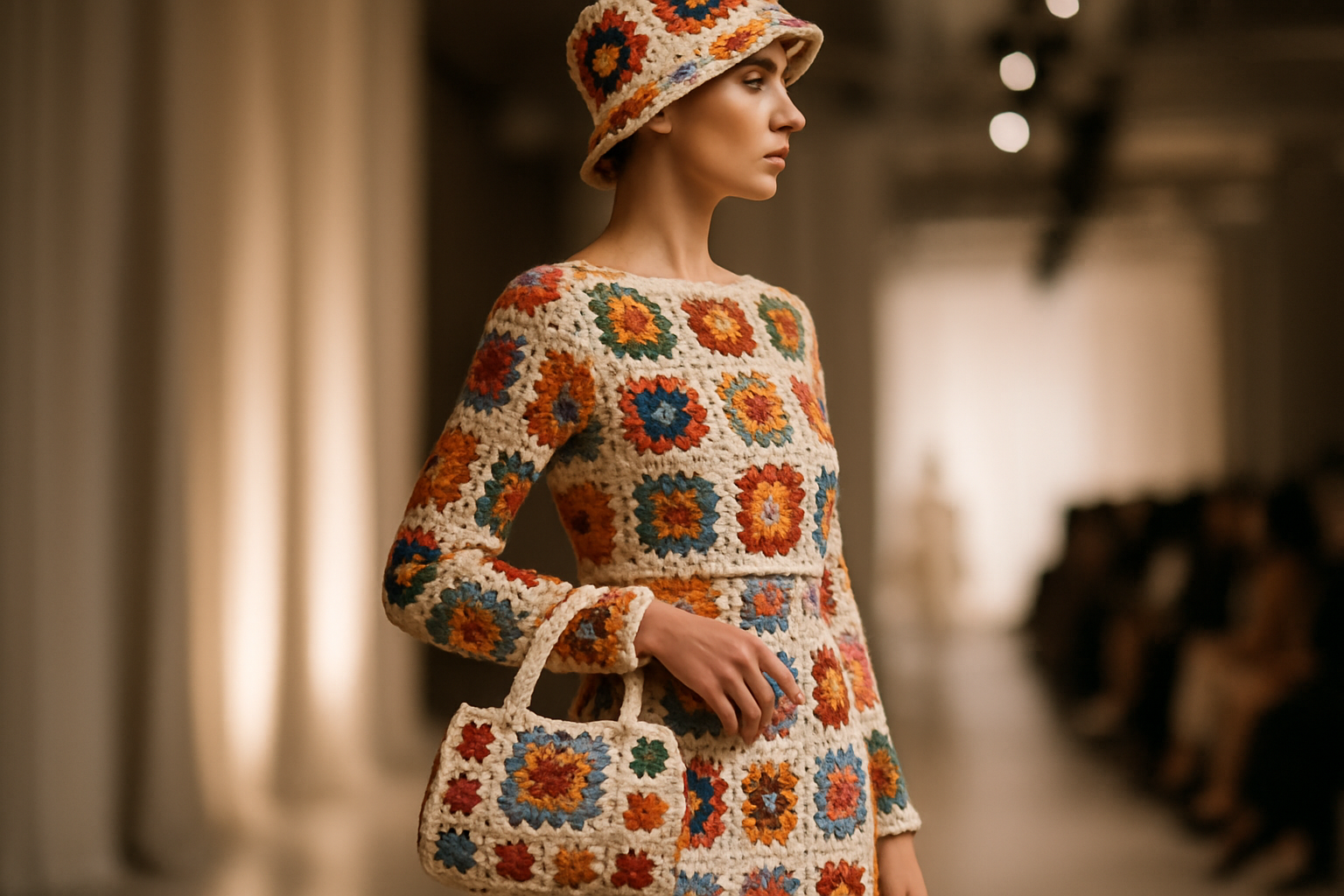The Metamorphosis of Circus Arts in the Digital Age
In an era dominated by screens and virtual experiences, the age-old art of circus performance is undergoing a fascinating transformation. This unlikely marriage of traditional acrobatics and cutting-edge technology is redefining entertainment, pushing the boundaries of human capability, and captivating audiences in ways never before imagined. From holographic clowns to drone-assisted aerial acts, the circus of the 21st century is a spectacle that bridges the gap between the tangible and the digital, creating a new frontier in the world of live performance.

Augmented Reality: The New Ringmaster
As audiences grow more tech-savvy, circuses are incorporating augmented reality (AR) to enhance the viewing experience. Spectators can now use their smartphones or special glasses to see digital overlays that add context, fantasy elements, or interactive features to live performances. Imagine watching a trapeze artist soar through the air, trailing virtual sparks, or seeing a tightrope walker balance precariously over a digital chasm.
Virtual Reality Experiences: Step Right Up!
Virtual reality (VR) is taking the circus beyond the confines of the big top. Companies are developing immersive VR experiences that allow users to join the circus from the comfort of their homes. These virtual circuses offer 360-degree views of performances, interactive elements, and even the ability to practice circus skills in a safe, digital environment.
AI-Powered Performances: The Smart Circus
Artificial intelligence is making its way into circus acts, creating performances that adapt in real-time to audience reactions. AI algorithms analyze crowd engagement, adjusting lighting, music, and even the sequence of acts to maximize impact. Some circuses are experimenting with AI-generated narratives that weave through the performances, creating a unique story for each show.
Robotics and Automation: The New Supporting Cast
Behind the scenes, robotics and automation are revolutionizing circus production. From computer-controlled rigging systems that ensure performer safety to robotic assistants that help with costume changes and prop management, technology is streamlining operations and allowing for more complex and daring performances.
The Human Element: Artistry in the Digital Age
Despite the influx of technology, the heart of the circus remains the human performers. Acrobats, jugglers, and contortionists are using motion capture technology to analyze and improve their techniques. Wearable tech is being incorporated into costumes, allowing for real-time biometric data to be used in performances or to ensure performer well-being.
Challenges and Controversies
The integration of technology into circus arts is not without its critics. Some purists argue that the digital elements detract from the raw skill and artistry of traditional circus performance. There are also concerns about data privacy, as the use of AR and VR technologies involves collecting audience information. The circus industry must navigate these issues carefully to maintain the trust and engagement of its audience.
The Future of Circus Arts
As we look to the future, the possibilities for circus arts in the digital age seem limitless. From holographic animals replacing live ones in animal-free circuses to crowd-sourced performances where audience members control aspects of the show through their devices, the circus of tomorrow promises to be an ever-evolving, interactive spectacle.
Conclusion
The metamorphosis of circus arts in the digital age represents a thrilling confluence of tradition and innovation. As technology continues to advance, we can expect the boundaries between physical and digital performance to blur further, creating experiences that challenge our perceptions and ignite our imaginations. The circus, always a realm of magic and wonder, is poised to enter a new golden age, where the sawdust of the ring meets the pixels of the screen, and the result is nothing short of miraculous.





